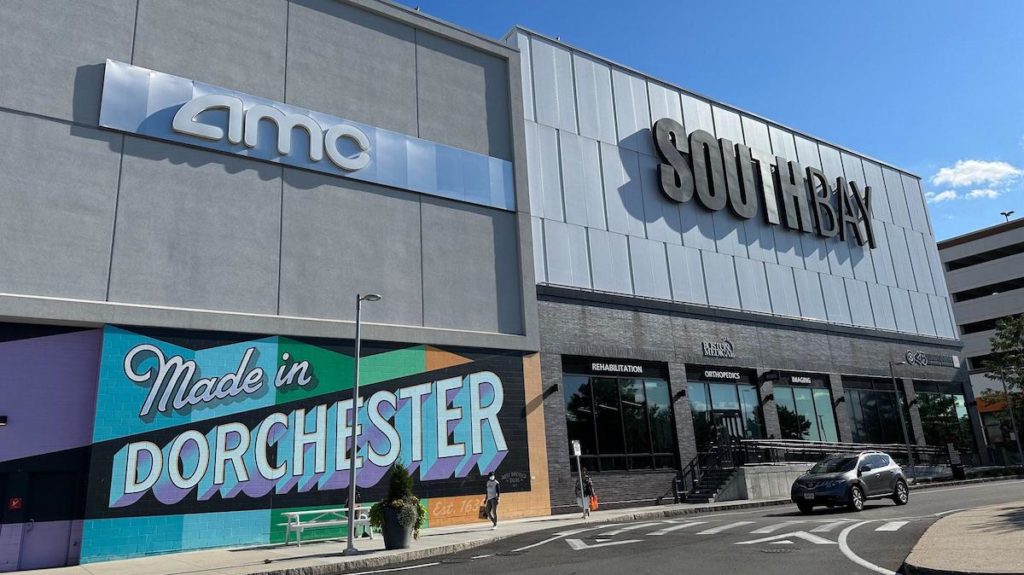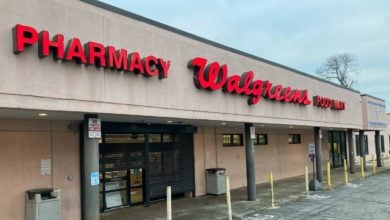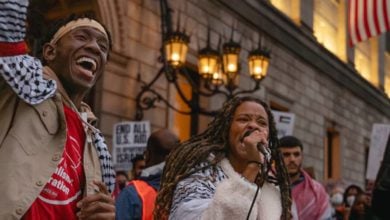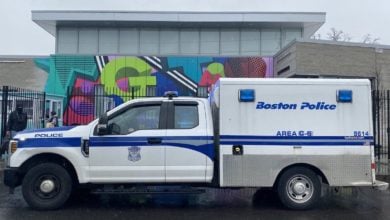Boston police arrested 13 children on August 27 outside of both of the AMC Theaters in the South Bay Shopping Center and the Boston Common. Hundreds of young people were gathered for National Movie Night when violence broke out in the crowds. The youth arrested were ages 12 to 17.
Boston Police Commissioner Michael Cox immediately demonized the children, saying, “This behavior is not kid behavior — it’s criminal behavior.” Many news outlets and pro-police organizations have followed suit, saying that when youth gather in public spaces, it is inherently dangerous, and they must be punished to the fullest extent of the law. They have placed the blame on parents for not watching over their kids or “teaching them better.”
The current discussion around keeping young people safe is inadequate to address the complexity of the problem. Any real solution requires us to lead with compassion for our youth, to reject police violence as the solution to community violence and to demand a social solution to this social problem.
Police and state violence can’t solve community violence
The Boston Police Patrolmen’s Association, the city’s largest police union, is calling for the arrested teenagers to be charged as “youthful offenders” so they can be tried as adults and given maximum sentences including years in prison. BPPA President Larry Calderone is calling for an end to limitations on police use of chemical agents against children.
These are not the demands of people with a genuine interest in the wellbeing of young people.
The Boston Police Department’s budget is the city’s second-largest expenditure and has been for years. BPD’s budget is $409 million, 8.5 times larger than the Library Department and 89 times larger than the Office of Arts and Culture. Black and immigrant neighborhoods like Roxbury, Dorchester and Mattapan bear the brunt of police presence, yet violence is still concentrated in these neighborhoods.

BPD’s gang unit, the Youth Violence Strike Force, is notorious for labeling thousands of Black and Latino youth as “gang members” for little more than wearing popular clothing. Earlier this year, Larry Green, a Black youth worker, was dragged out of his car and assaulted by the police in Nubian Square in Roxbury. Unleashing the police on working-class communities has consistently failed to make communities safer.
The police do not reduce community violence, they enact it. Young people must be allowed to make mistakes and grow without being ensnared by the criminal legal system.
Racist urban development and gentrification have created a city for the wealthy, not working-class youth
Children and teens in Boston have very few spaces to go where they feel safe, can be themselves, have fun and don’t have to spend money. This is because their neighborhoods have been purposefully underdeveloped and disinvested from.
The only spaces available for youth to hang out are commercial centers like South Bay Shopping Center and Downtown Boston. These spaces are heavily policed in order to protect the investment of corporations from “unwanted” populations who might interfere with their profit-making.
Under these conditions, it is no surprise that young people would congregate in large numbers and occasionally relate to each other in unsafe ways.
After being intentionally underdeveloped for decades, the neighborhoods that many of these youth come from, such as Roxbury, Dorchester and Mattapan, are being gentrified. Capital is flowing into these areas in the form of luxury housing and other mixed-use developments. Even more police are patrolling these neighborhoods and entangling youth in the criminal legal system.
This process has left youth with few spaces of their own. They are being squeezed out, and they are struggling to carve out their own spaces to exist, make mistakes, learn and grow. This is the reality of an urban landscape that has been built to suit the needs of the rich while leaving working-class people behind.
Violent society to blame for youth violence, not the other way around
Incidents of violence among young people, while jarring and deeply concerning, should not be surprising. U.S. youth today are growing up in an extremely violent country. From January to May of this year, at least 17,500 people have been killed by gun violence, including 628 teens and 109 children. In 2022, police killed 1,239 people, more than 3 people per day.
One of the most violent aspects of U.S. society is the immense poverty that many working people are subjected to. According to the Poor People’s Campaign, in 2021, 112 million people — one third of the country — were poor or low-income. Going by the U.S. government’s extremely low poverty line, 21% of children live in poverty and 34% of Black and Native children live in poverty.
Young people are coming into a world where their future looks increasingly dim: a total absence of economic opportunity, perpetual debt, the stripping away of human rights like the right to abortion, constant war, and uncontrolled climate change.
This system takes a toll on all working people, youth most of all. Many young people have been pushed to the side of pessimism and hopelessness.
We need a real solution!
The magnitude of this problem demands systemic change. But there are steps that can be taken right now.
- Drop the charges against the 13 teens who were arrested! Criminalizing youth will not solve the problem. Our youth are the foundation of the future. They must be treated with compassion, seriousness and as active agents of change.
- Build community spaces that specifically cater to the needs and wants of youth. The future programming at the Harriet Tubman Freedom Park coming to Roxbury is one example.
- Put substantial resources towards creating engaging, free, community-led youth programs. Mayor Wu’s administration has pledged to invest $1.5 million into community-based youth programming. This is a drop in the bucket compared to the $409 million police budget, and is a reflection of what the city government sees as the main solution: policing and criminalization.
- Fund and expand free child care programs to support working-class parents in raising their children. It takes a village to raise young people. Working parents, who are already struggling to stay above water, should not be demonized when their children get into trouble.
These demands are not unrealistic. Those in power within Boston have all the resources needed to make these demands a reality. In order to realize our demands, we need to come together with our neighbors and put pressure on the city’s decision makers. Boston’s youth deserve resources and compassion, not criminalization!





